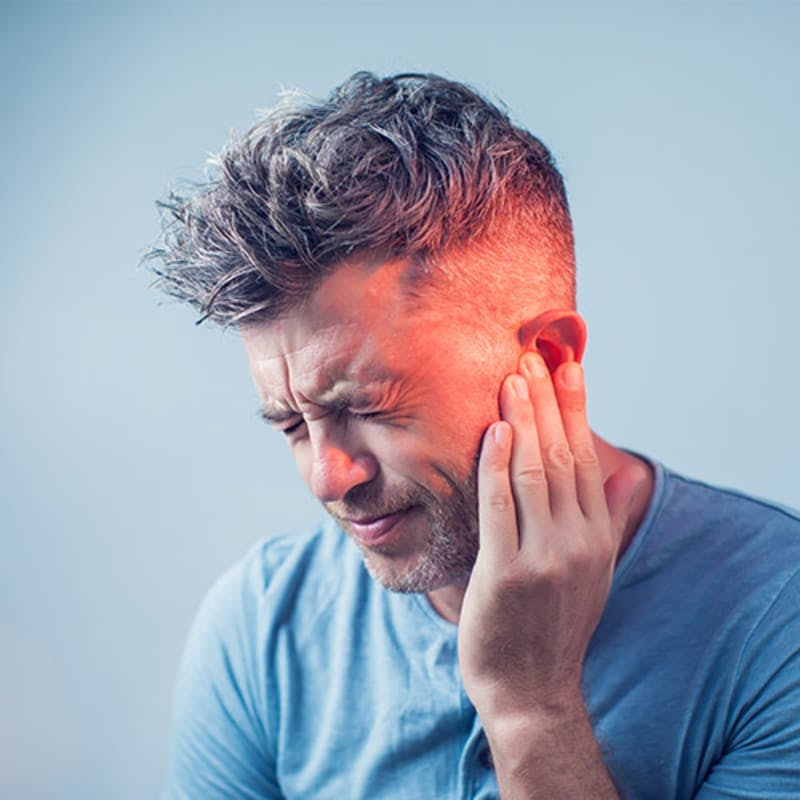Ear infections are very common in young children but you can still get an ear infection as an adult.
The three main types of ear infection affect the three main parts of the ear: inner, middle, and outer.
Find out what type of ear infection you may have and get the right treatment today.
Our doctors can treat ear infections. Book an online GP appointment today and start feeling better.
Alternatively you can also refer yourself to a specialist Doctor without seeing a GP first.
